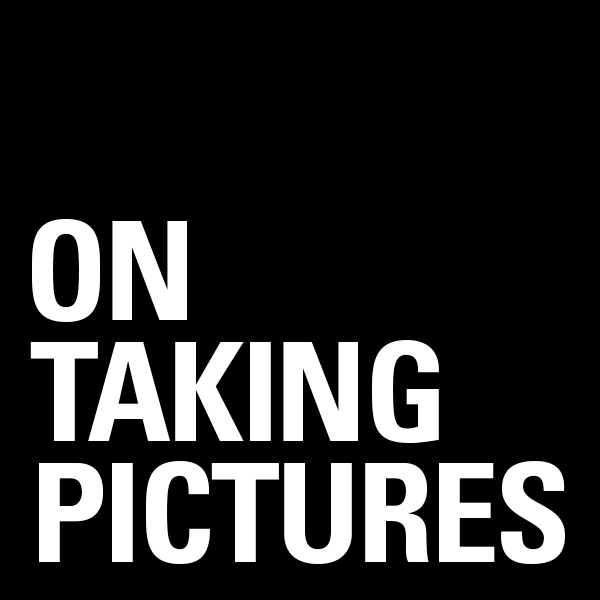 Ok, so I’ve now used the 5D Mark II on an actual shoot of an actual subject and so far my opinion is very favorable. As most of you know I was an original 5D shooter and more recently I used a 1Ds3 as my main camera. My comments will generally be a comparison of these 3 bodies. I’m sure I’ll come to more and perhaps better conclusions as time wears on, but here’s what I’ve noticed so far.
Ok, so I’ve now used the 5D Mark II on an actual shoot of an actual subject and so far my opinion is very favorable. As most of you know I was an original 5D shooter and more recently I used a 1Ds3 as my main camera. My comments will generally be a comparison of these 3 bodies. I’m sure I’ll come to more and perhaps better conclusions as time wears on, but here’s what I’ve noticed so far.
SIZE AND HANDLING
Compared to the 5D1 it’s obviously very similar. The viewfinder is slightly bigger and brighter, but not as good as the 1Ds3. I have started to get used to shooting with the extra weight of the 1D and it’s got a feeling of solidity that neither of the 5D’s can compare to. That said, the finish on the 5D2 is that speckled matte paint similar to the 1D which gives the new camera a bit more polish.
I will miss the portrait grip shutter button, but I’m willing to give that up for the weight and bulk that I won’t have to lug around. Also, the information inside of the 1D’s viewfinder is better laid out (I like the exposure meter vertically along the side), but again, I’ll make that concession for the weight difference. Same goes for the mode dial which I’ve gotten used to not having, instead changing modes with buttons, but you can’t have everything.
The shutter and mirror black-out, sound and seem a bit more solid on the new camera though that could be chalked up to the fact that my 5D1 has had about 150,000 shutter actuations on it.
I don’t like the trash button being in the lower left corner of the new camera, but the new high-res screen is great. Huge improvement. You can actually zoom in and see if you’re shots are sharp now.
IMAGE QUALITY
Some people have noticed a bit more moire in the 5D2’s shots versus the 1Ds3. That’s most likely due to a weaker anti-aliasing filter in front of the sensor. I’m not sure if it’s true or just my imagination, but the RAW files do look sharper right out of the camera. I edited in Lightroom after converting the CR2 files to DNG with the adobe converter (A Lightroom update is rumored for this Tues which will make this step moot).
Other than that, the files look great. The sensor looks to be as good or better than the 1Ds3 to my eyes. I’ve got a location shoot tomorrow, so I’ll know more after that. But for low-iso studio use the images are beautiful.
There’s been a lot of talk in photo forums about the ‘black dot problem’ Basically in some images where pixels are blown out (say a photo of a streetlight at night) there is a group of black pixels to the right of it in the image. I’ve not seen this problem, and honestly I’m not sure it should happen much in my kind of work. As one comment on the subject I read today said, “all of the images I’ve seen with this problem are terrible images. The black dots were the least of the problems” Your mileage may vary, and I’ll keep you up to date on this one.
I’ve played with the higher-iso modes, but not for anything serious. For my purposes, and keep in mind that I’m an anal pixel-peeper, 6400 seems usable. Which means that I should not need to shy away from 1600 and 3200. In the past I tried not to go above 800 unless I had to. My post tends to exaggerate noise and I don’t like the compromise in detail and dynamic range that you’ve sometimes got to make, so I’m pretty conservative. This means I’ve got at least another stop or two of usable range. Speaking of which, the new auto-iso mode seems like it could be handy for those situations when you’re in and out of light and want to worry about one less setting.
MOVIE MODE
I’m not a cinematographer, but if I was, I’d be pretty psyched. I’ve only played with the movie mode once, but the video looked great on both my mac and pc and edited fine in iMovie. Very detailed and very big. Could be much fun.
That’s it for now, but as I mentioned I’ve got a shoot tomorrow which should be a good test. If anyone has any specific questions, let me know and I’ll try to answer.
